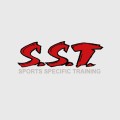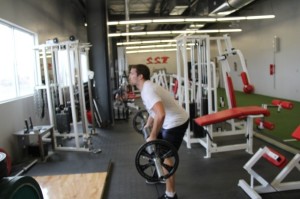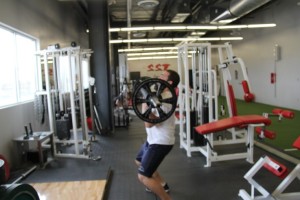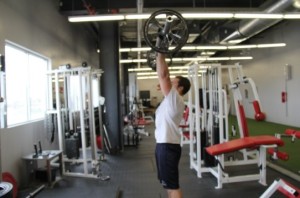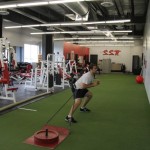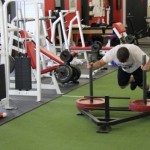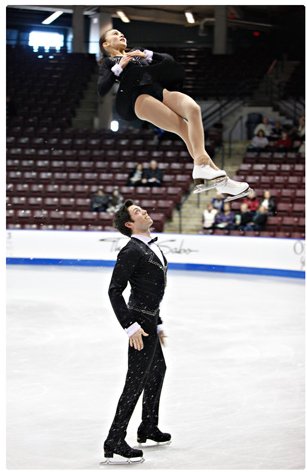Here we are the Super Bowl is 1 week away, Bowl season at U.S. colleges over, the CFL has long been done and high school football seasons’ ended over a month ago. What this means is there is many players done playing at their respective levels; and ready to take that next step. This is an exciting time for many, but it also filled with much nerves. If you played so well over the last year or two and are a sure fire # 1 pick, or if you have already committed to a school at that next level, you are coasting, you are set. However, this only is a lucky handful of extremely gifted athletes. Most are left unsure of where they are going to end up – or more importantly how they are going to get there!
This, for a great number of football players is where combine or team testing comes into play. Now is the time that you not only have to prove that you can play the game of football but teams and scouts want to see how much of an “athletic freak” you are during testing. This can help to separate two players from earning a roster spot but it can also help to improve draft stock as well, hello Oakland Raiders and two stud “athletic freaks” Jamarcus Russell and Darrius Heyward-Bey who got drafted simply on being tremendous athletes. Look what that did for Al Davis!
I came across an interesting study by McGee & Burkett breaking down the NFL Combine, and how the players faired in the tests in relation to the draft status. Common and crucial combine tests include perhaps the most important and well known football test, the 40 yd dash (as well as 10 & 20 yd split times), broad jump, vertical jump, 225 bench press test for reps, pro agility and 3 cone shuttle. It is well known that a player who tests well in the 40 yd dash should also test well in the vertical and broad jump tests. This is because power and strength dictates running speed, whereas the jump tests measure lower body power. So in short if you can run fast you can jump high – and vice versa.
It has been shown that the most accurate predictors of draft status for RB, WR & DB were the 3 cone agility, 10 yd dash and vertical jump; this is because these positions are the most reliant on speed and agility. The best predictor for OL & DL happened to be height, weight, 225lb bench press and broad jump; which also makes sense as to play these positions you have to be big and strong, clog up space and basically maul your opponent. The positions of QB and LB were much harder to predict based only on testing numbers as being excellent at these positions maybe more than any other rely on decision making and reaction skills rather than physical characteristics.
I know shocking!!! But it was shown that over all positions the players who were drafted in the 1st and 2nd rounds were collectively stronger, faster and could jump higher than those players taken in the 6th and 7th rounds.
Here at SST, we not only focus on getting our athletes stronger and faster in the weight-room, we also work to improve an aspiring athlete’s combine numbers. In fact with specific training and much hard work and dedication from many young athletes SST has had 4 players drafted in the first 2 rounds of the CFL draft over the last 2 years. Because of these players recent success and many others over the part number of years SST has been rated the #1 speed training facility in Canada, and in the top 15 overall in North America.
Not only do we train aspiring pro athletes, our main focus is helping young athletes aspiring to reach that next level. To find out how the pros train, and to undergo the exact same techniques check out two of SST’s upcoming football camps;
8 Week High Performance Football Camp CLICK HERE
Stay tuned next week for a sample program from one of these athletes who showed so well at the CFL combine that it helped to ensure a high 1st round draft pick. If you want, it could be you too!!!

